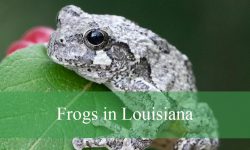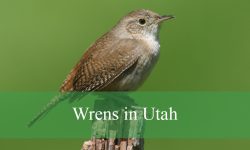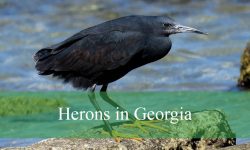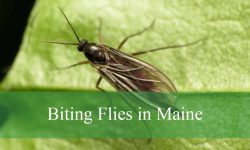The question “What is a group of crows called?” has intrigued people for centuries. While most are familiar with the dramatic term “a murder of crows,” there is much more to learn about why these birds earned such a mysterious name. From folklore to fascinating behavior, crows have long captured human imagination.
This article explores the origin of the term, the myths that surround it, and some remarkable facts about the intelligence and social structure of crows.
The Origin of the Term “Murder of Crows”
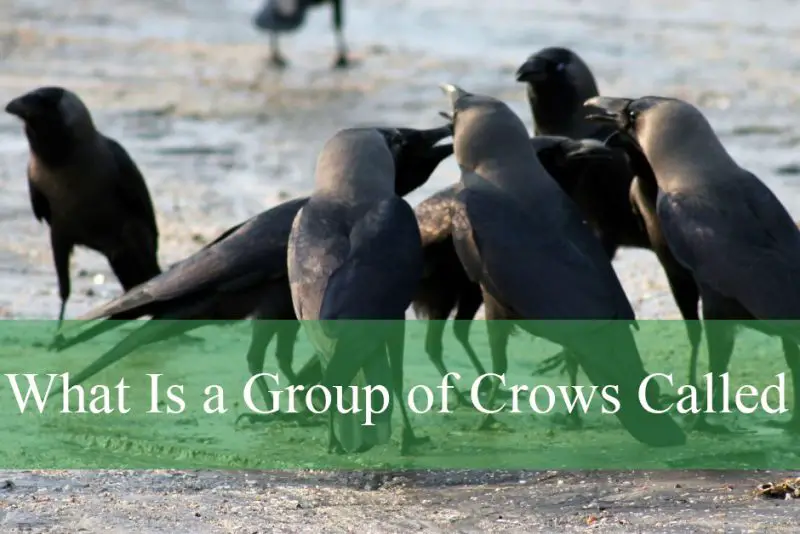
Medieval Roots of the Name
The phrase “murder of crows” does not originate from science but rather from medieval English hunting traditions. During the Middle Ages, groups of animals were given collective nouns, known as “terms of venery,” which were often poetic or symbolic rather than literal. For example, a group of lions was called a “pride,” and a group of geese was known as a “gaggle.” The term “murder” was applied to crows because they were often associated with death, battlefields, and graveyards.
Crows are scavengers, and in times of war or plague, they could be seen gathering around dead bodies. Their presence where death was common contributed to the eerie and morbid reputation they carry to this day. Storytellers and poets of the time amplified this image, turning crows into symbols of bad omens and misfortune.
Symbolism and Superstition
In folklore, crows were often linked to the supernatural. Some cultures believed they were messengers between the world of the living and the dead. In medieval Europe, seeing a group of crows near a home was sometimes interpreted as a warning of death or tragedy. Over time, these associations strengthened the use of the word “murder” to describe their gatherings.
Interestingly, not all cultures view crows in a negative light. In many Native American traditions, crows are seen as wise tricksters or bearers of sacred knowledge. In Japan, they symbolize guidance and protection. Despite the ominous connotations in English, the intelligence of crows has earned them respect in many parts of the world.
Other Collective Nouns for Crows
Rare and Alternative Names
While “murder” is the most famous term, it is not the only one used historically. Old English literature and hunting manuals also mentioned a horde of crows, a mob of crows, a parcel of crows, and even a parliament of crows. These names were never as widely adopted, but they reflect how people once tried to categorize animal groups with creative expressions.
In modern science, however, these terms are rarely used. Ornithologists typically refer to groups of crows simply as “flocks.” The dramatic collective nouns are mostly a cultural curiosity rather than a scientific classification.
Why “Flock” Is More Accurate
From a behavioral standpoint, “flock” is a more accurate description. Crows gather in groups for practical reasons such as foraging, roosting, or defending their territory. Unlike the sinister undertones of the word “murder,” their group behavior is primarily social and cooperative. Scientists studying crows prefer neutral terms, focusing on their ecological roles rather than folklore.
The Social Intelligence of Crows
Remarkable Problem-Solving Skills
Crows are among the most intelligent birds in the world. They can use tools, recognize human faces, and even solve complex puzzles. Studies have shown that crows can drop nuts on roads so that passing cars crack them open, and they have been observed bending wires to create hooks for fishing food out of containers.
This intelligence is one reason why crows thrive in both rural and urban environments. They quickly adapt to human activity, learning where to find food and how to avoid danger. The cooperative nature of crows in a group, or “flock,” makes them even more successful at surviving in diverse habitats.
Communication and Memory
Crows have sophisticated communication skills. They use a variety of calls to signal danger, share information about food sources, or warn other crows about potential predators. Research has revealed that crows remember human faces for years and can communicate these memories to other crows in their group.
This long-term memory and ability to pass knowledge to their offspring demonstrate cultural transmission, a trait once thought to be exclusive to humans and primates. When a group of crows gathers, it is not just random; it is often a highly organized social event where information is shared.
Why Crows Gather in Large Numbers
Roosting Behavior
One of the most striking sights is seeing thousands of crows roosting together in the evening. These massive gatherings, sometimes referred to as “communal roosts,” serve multiple purposes. Roosting together provides warmth in cold weather, safety from predators, and an opportunity to exchange information about food sources.
Such gatherings can be noisy and chaotic, reinforcing the impression that crows are mysterious and even threatening. However, this behavior is a natural survival strategy rather than a sign of aggression or malice.
Funerals and Mourning Behavior
Crows are known for an unusual behavior often described as “crow funerals.” When a crow dies, others in the group may gather around the body, calling loudly and observing for a long time. Scientists believe this behavior is not mourning in the human sense but rather a way to investigate what caused the death, helping them learn about potential threats.
This gathering around the dead may have contributed to the myth of crows as harbingers of death, further strengthening the dark association of the word “murder.”
The Role of Crows in Ecosystems
Nature’s Clean-Up Crew
Crows play an important role in maintaining ecological balance. As scavengers, they help clean up dead animals and organic waste, preventing the spread of disease. They also eat insects and small rodents, which helps control pest populations.
Seed Dispersal and Forest Health
Crows contribute to seed dispersal by carrying and caching seeds, some of which later sprout into new plants. This behavior supports forest regeneration and biodiversity. Far from being creatures of doom, crows are essential to healthy ecosystems.
Fascinating Myths and Cultural Significance
Crows in Literature and Art
Crows have appeared in literature and art for centuries. From Edgar Allan Poe’s famous poem “The Raven” to depictions in paintings and films, they are often used as symbols of mystery, death, or intelligence. Their dark plumage and piercing calls make them compelling subjects in storytelling.
Positive Symbolism Around the World
Despite their grim reputation in English culture, crows have positive meanings elsewhere. In some Native American tribes, they represent transformation and wisdom. In Hindu mythology, they are believed to carry messages from ancestors. The Japanese see them as divine messengers and protectors.
Should We Still Call Them a “Murder”?
A Question of Tradition vs. Science
While “murder of crows” remains a captivating phrase, scientists generally discourage its use in academic contexts because it does not reflect the true nature of crows. However, in casual conversation, the term persists because of its dramatic and poetic tone.
Appreciating Crows for What They Are
Whether you call them a murder, a flock, or a mob, crows deserve respect for their intelligence and ecological importance. Understanding their behavior helps dispel myths and encourages appreciation for these remarkable birds.
FAQs About What Is a Group of Crows Called
What is a group of crows called?
A group of crows is most famously called a murder of crows. This term originates from medieval English hunting traditions and poetic expressions rather than science. Ornithologists today generally refer to them simply as “flocks.”
Why are crows called a “murder”?
The word “murder” was given because crows were historically associated with death, battlefields, and graveyards. Their scavenging habits and presence around dead animals reinforced this dark reputation in folklore.
Are there other names for a group of crows?
Yes, historical sources mention alternative names such as a horde, a mob, a parcel, or a parliament of crows. However, these terms are rarely used today, with “flock” being the preferred scientific term.
Do crows really hold “funerals”?
Crows sometimes gather around a dead crow, a behavior known as “crow funerals.” Scientists believe they do this to investigate the cause of death and learn about potential dangers, not because of emotional mourning.
Are crows as scary as the name suggests?
No, despite the ominous name, crows are intelligent, social birds that play an important ecological role. They help clean up carrion, disperse seeds, and control pests, making them beneficial to the environment.
Final Thoughts
So, what is a group of crows called? The most famous term is undeniably “a murder of crows,” but the reality behind the name is far from sinister. These intelligent birds gather for social, survival, and environmental reasons, playing crucial roles in nature. While folklore may paint them as omens of death, science reveals a much more fascinating story—one of cooperation, problem-solving, and adaptation. Next time you see a group of crows, remember: they are not just symbols of darkness, but one of nature’s most remarkable creatures.

